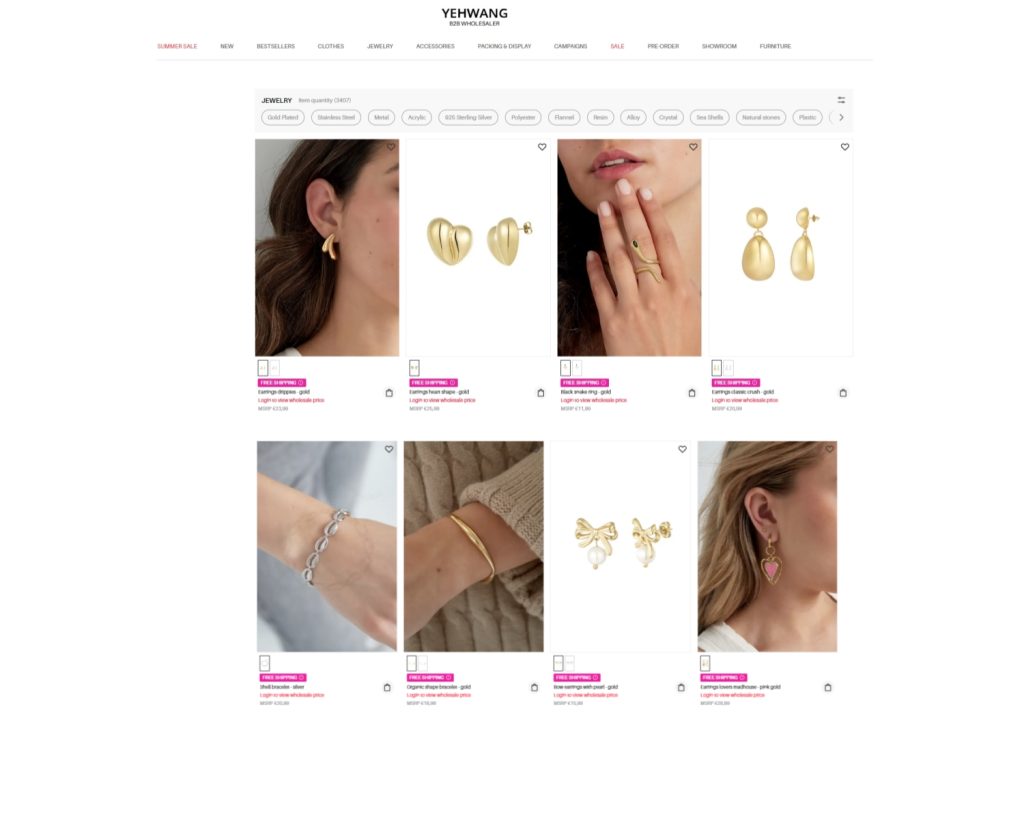Table of Contents
The holiday season is typically a busy time for retailers as consumers are more likely to shop and spend during this period. They tend to spend a lot on gifts and celebrations. While shoppers love the deals that come with the holiday season and are willing to spend more, these days inevitably come to an end.
As a retailer, you will experience these lulls in traffic. What you need to do is recognize this and find ways to overcome the post-holiday sales slump through analysis and summary.
So, what should we do? How can we wake up from a sales slump?

What is a Sales Slump?
A sales slump refers to a significant decline in the sales of products or services by a business or retailer over a specific period. This can be caused by various factors, including changes in market demand, economic downturns, shifts in consumer preferences, reduced consumer spending, the end of seasonal promotions, and the return to normal work and school schedules.
Common Causes of a Sales Slump
Seasonal Factors
Sales slumps often occur during certain seasons. For example, post-holiday sales slumps are common as consumers concentrate their spending during the holiday period, and demand weakens afterward.
Economic Environment
Changes in the macroeconomic environment, such as economic recessions, inflation, and rising unemployment rates, can lead to a decrease in consumer purchasing power, resulting in a sales slump.
Market Competition
Intensified competition can also cause sales slumps. The entry of new competitors or aggressive market strategies by existing ones can divert customers, impacting sales.
Product and Service Issues
Issues with the products and services themselves, such as declining quality, lack of innovation, or products entering the decline phase of their life cycle, can all lead to a decrease in sales.
Changes in Consumer Behavior
Changes in consumer demand and preferences, such as shifting to new products or brands or changing consumption habits, can also impact sales performance.
How to Overcome a Sales Slump

Continuous Promotions
Ongoing promotions and discounts can encourage customers to return to the store. Retailers can also offer special discounts or deals to customers participating in events, encouraging them to redeem gift cards and continue shopping. Continuous promotional strategies can help retailers reduce excess post-holiday inventory and limit sales decline.
Increase Impulse Purchases
Impulse shopping is far from slowing down. Impulse shoppers are often willing to spend more money. According to one report, 54% of shoppers in the US spent $100 or more on impulse purchases. To promote impulse buying, you can take the following measures:
- Add inexpensive products for upselling at checkout.
- Recommend similar products based on order history.
- Offer regular discounts and promotions at appropriate times.
- Promote your app or specific products and services on social media.
Omni-channel Marketing
By leveraging social media, email marketing, and more, retailers can continue to drive online sales and in-store traffic. Retailers can use social media platforms for post-holiday sales and promotions and push personalized post-holiday promotions or invitations to customers based on their previous purchases via email. Alternatively, they can host in-store events accessible only through their social channels.
Push Popular Items
Retailers can also consider promoting popular products or launching limited-edition or exclusive products to keep customers interested and drive sales, increasing the desire to purchase.
Data Analysis
Retailers can consider using data and analytics to better understand customers and predict future demand. Retailers have access to a wealth of first-party customer purchase and preference data, which can be used to drive sales.
For example, retailers can use customer purchase history data to identify which products are most popular among customers and heavily promote these products in-store or bundle products for purchase.
Clearance of Unsold Items
Analyze inventory data and develop a plan to clear unsold items.
Revisit Old Customers
Data shows that 80% of store performance comes from old customers. At this time, retailers can revisit old customers. By collecting customer feedback through revisit, improving the shopping experience and after-sales service, handling customer relationships well, and making customers more favorable towards you, you can introduce other activities at the right time to encourage customers to visit the store and shop.
Improve Customer Experience
Focus more on customer experience, optimize and improve the customer purchase experience process on the website or in-store to reduce conversion loss. Provide comprehensive after-sales services such as return and exchange policies and warranty services to enhance customer trust. Retailers can take strategies to improve customer loyalty and trust, and encourage consumers to take advantage of your post-holiday promotions and discounts.
The right strategies and methods will help ensure your business doesn’t disappear and that people continue to browse your store.
What Other Issues Should Retailers Address to Boost Sales?

Sales decline is a common challenge faced by retailers, but various strategies can be implemented to overcome this challenge. However, while implementing these effective strategies, retailers need to pay attention to and overcome the following issues:
Are You Making Customers Wait Too Long?
If you cannot respond to customers’ inquiries promptly, you will not leave a good impression in the market. Delayed responses risk receiving negative reviews. Therefore, be sure to check customer emails promptly.
Are You Ignoring Incorrect Reviews?
The reviews of your products should reflect customers’ purchasing experiences. However, some customers may leave negative reviews about the product itself rather than how you handled the order. In such cases, you can contact the customer to address the review that is only about the product itself.
Are You Failing to Keep Promises?
Customers have come to expect free shipping as a standard service. When they find that a retailer does not offer this service, 62% of them abandon their shopping cart. Therefore, provide free shipping whenever possible. Even if it cannot be offered year-round, provide it during promotional events.
In addition to free shipping, you must also adhere to delivery deadlines. Delayed deliveries can affect your reviews and result in losing sales to more efficient retailers. Whatever service you offer, be realistic. Specify the shipping policy in the product description and use tracking services to ensure customers do not get lost. If problems arise, inform customers immediately. If customers are dissatisfied, offer a full refund.
Are You Unclear About Your Return Policy?
If you cannot clearly explain the return policy, customers will feel confused and frustrated. Therefore, state the terms as clearly as possible, especially in the product description. Familiarize yourself with the return policies in the market to ensure you meet the minimum requirements.
Are You Satisfied with Mediocre Product Listings?
When you have good products to sell, you may find that the number of clicks on your products is below average. This could be because you are not using relevant and optimized search terms when listing products, reducing the chances of consumers finding your product page.
To enhance visibility, take the time to research potential search terms and determine the most relevant terms for each product. Think from the buyer’s perspective—what terms would they use to search for your product?
Additionally, optimize product displays by using excellent images. If the listed products have clearer, high-quality images, visitors are more likely to convert into buyers. Therefore, ensure the use of high-definition images and that the images meet the latest minimum requirements for each market.
For example, on Yehwang, product titles are concise and interesting, images are clear, and they match small screens.

Are You Not Conducting Analysis?
Without the right data at your disposal, you cannot gain valuable insights or make informed business decisions. You also need to pay attention to your competitors’ actions to prevent them from capturing your sales.
For example, you can review product click-through rates and sales rates. Once you identify areas of poor performance, you can make changes.
In Summary
The sales industry will inevitably experience ups and downs. While the loss of a few transactions does not necessarily indicate a sales slump, by implementing these strategies, retailers can more easily reduce excess post-holiday inventory, increase customer loyalty, and continue driving sales.
